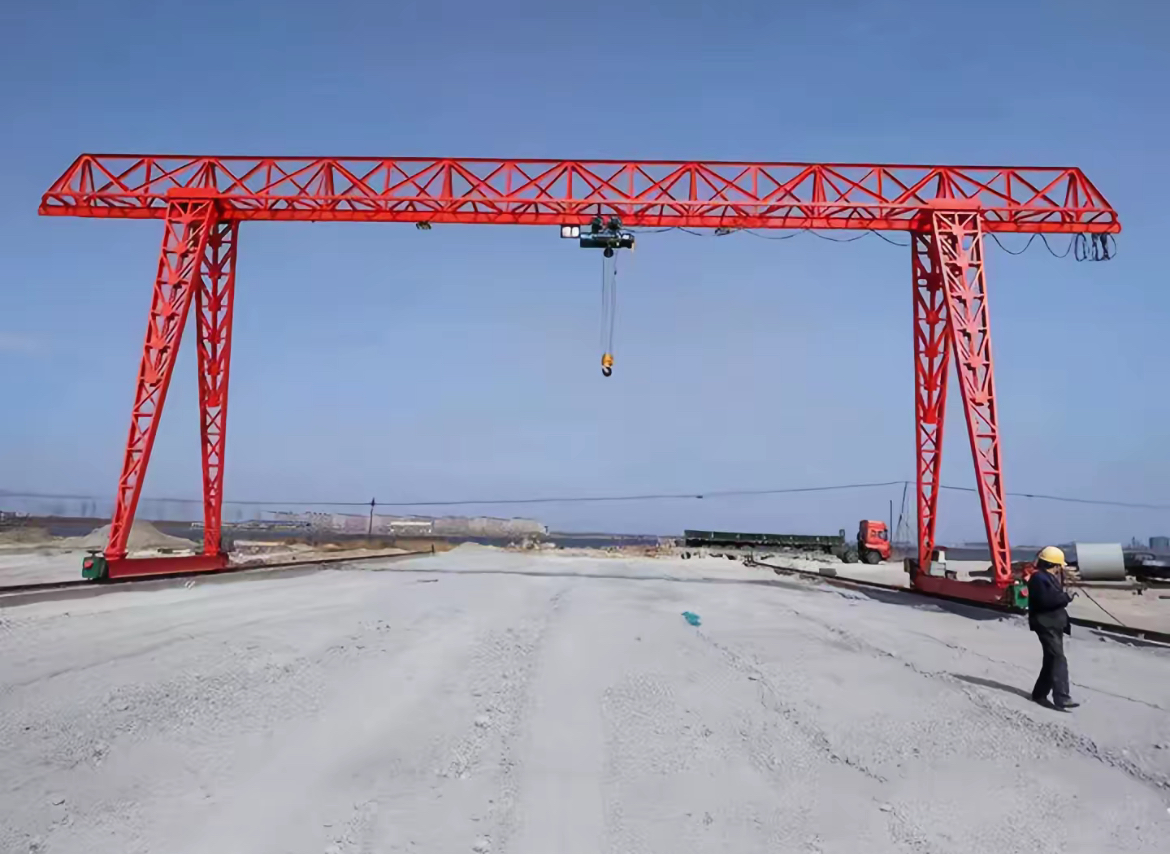Steel Structure Workshops: Optimizing Cross-Scenario Handling of Heavy Steel Components with Truss Gantry Cranes
The efficient handling of heavy steel components (50-200 ton columns, beams) across both indoor and outdoor settings is a critical requirement in modern steel fabrication. The truss gantry crane, leveraging the inherent advantages of its lattice structure, provides a superior solution compared to standard gantry cranes, effectively balancing efficiency, spatial economy, and safety for seamless cross-scenario operations.
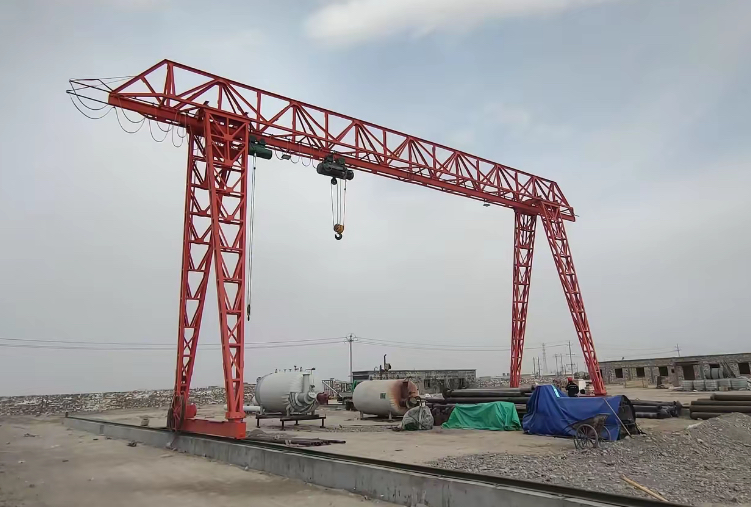
Indoor Transfer: Mastering "Space & Efficiency" Demands
Spatial Efficiency: Lightweight Design Resolves Layout Conflicts
With typical workshop spans of 20-50 meters, maximizing clear space for workstations and overhead lighting is paramount. The open lattice design of the truss gantry crane reduces its deadweight by 30-50% versus a conventional gantry crane of equivalent capacity. This minimizes load on runway foundations, avoids obstruction of natural light, and eliminates interference with overhead services and layout.
Operational Efficiency: Precision Control Minimizes Cycle Times
Flexible Scheduling: The lightweight main girder, integrated with variable-frequency drive (VFD) travel systems, ensures smooth and stable transport of lengthy heavy steel components (exceeding 30m), preventing swing and drift.
Pinpoint Positioning: Customized lifting attachments (e.g., hydraulic clamps) combined with precise trolley traversal enable accurate lateral placement, boosting transfer efficiency by approximately 20% over standard crane systems.
Enhanced Safety: Real-time Monitoring Mitigates Risk
Critical nodes on the truss structure can be equipped with stress sensors. This allows for real-time monitoring of load conditions during the movement of heavy steel components, providing instant alerts for dangerous eccentric loads—a capability often absent in standard gantry crane offerings.
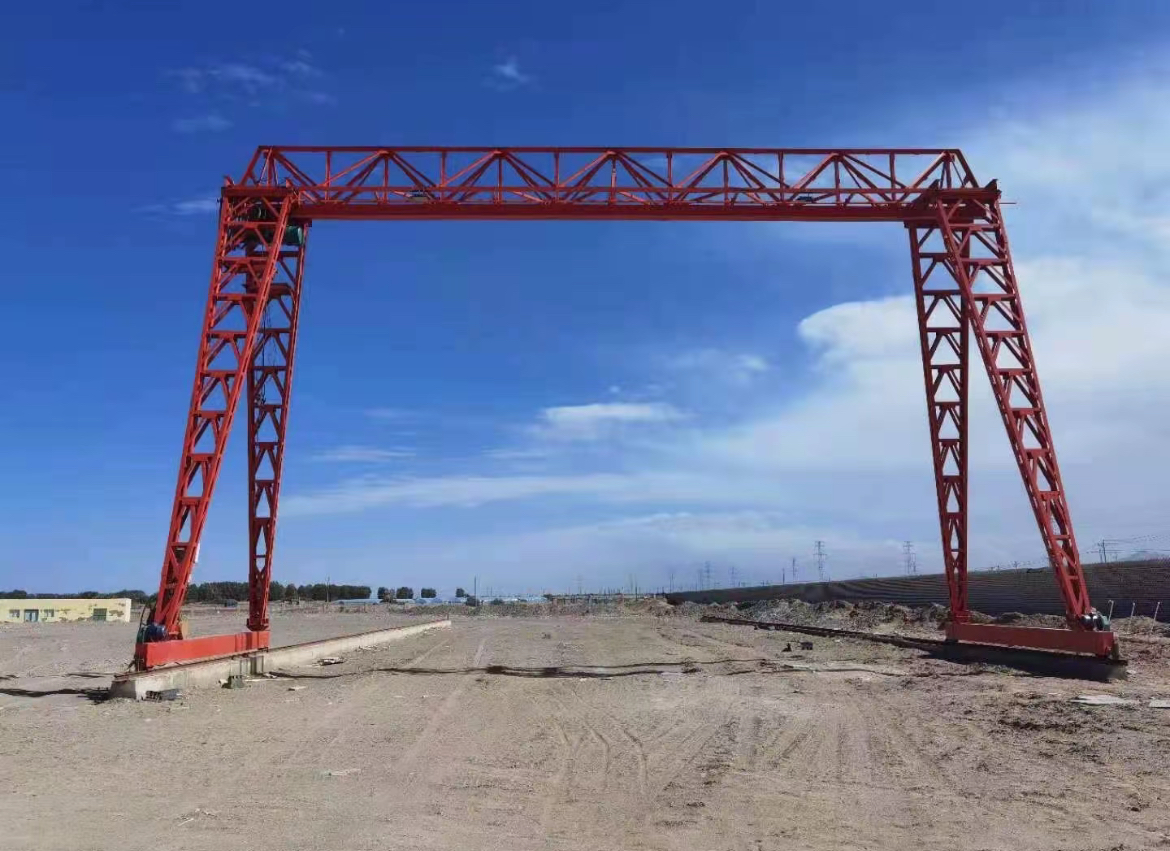
Outdoor Hoisting: Extending Capability to the Yard
Seamless Transition: Strategies for Direct, Single-Lift Operations
Runway Extension: Workshop rails are extended directly into the outdoor staging/loading area, allowing the truss gantry crane to travel out and perform duties.
Telescoping Boom: An articulating or telescoping boom attachment can extend the crane's reach by 10-15 meters beyond the building line, enabling loading operations from within the shop.
Superior Wind Resilience: Ensuring Stability for Critical Lifts
Outdoor operations are vulnerable to wind. The open lattice structure of the truss gantry crane offers up to 50% lower wind resistance compared to solid-web gantry crane girders. In high winds (Beaufort 8-10), combined with rail clamps and anchors, it can achieve final positioning accuracy within 5mm for heavy steel components, exceeding typical outdoor performance.
Simplified Maintenance: Bolted Construction Reduces Downtime
The exposed outdoor environment leads to dust and moisture exposure. The bolted construction of the truss gantry crane simplifies inspection (bolt torque checks) and maintenance (corrosion protection). Maintaining a sealed box girder gantry crane against internal corrosion is significantly more complex and costly, often requiring extended downtime.
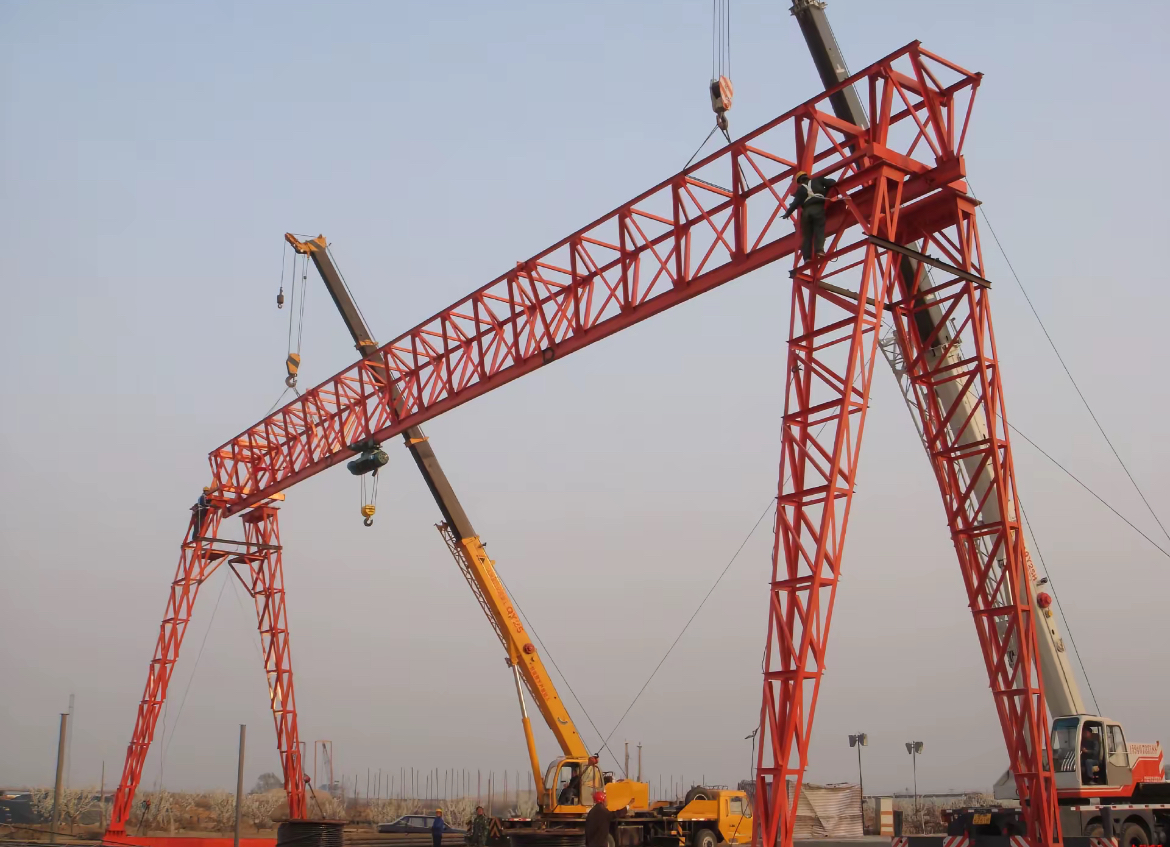
Unified Workflow: Creating a "Closed-Loop" Handling Process
End-to-End Integration: Single Equipment Streamlines Logistics
The truss gantry crane eliminates the boundary between workshop and yard, creating a continuous "fabrication -> transfer -> shipment" workflow. For instance, a 120-ton capacity truss gantry crane can move a component from its manufacturing station to pretreatment, and then directly onto a transport vehicle outdoors, slashing operational time by up to 40% compared to using a combination of standard gantry cranes and mobile cranes.
Damage Prevention: Single-Handling Preserves Component Integrity
The traditional multi-crane method requires transferring heavy steel components to a storage area first before final loading, increasing the risk of damage from re-handling. The "single-lift" capability of the truss gantry crane from production to transport maximizes component integrity.
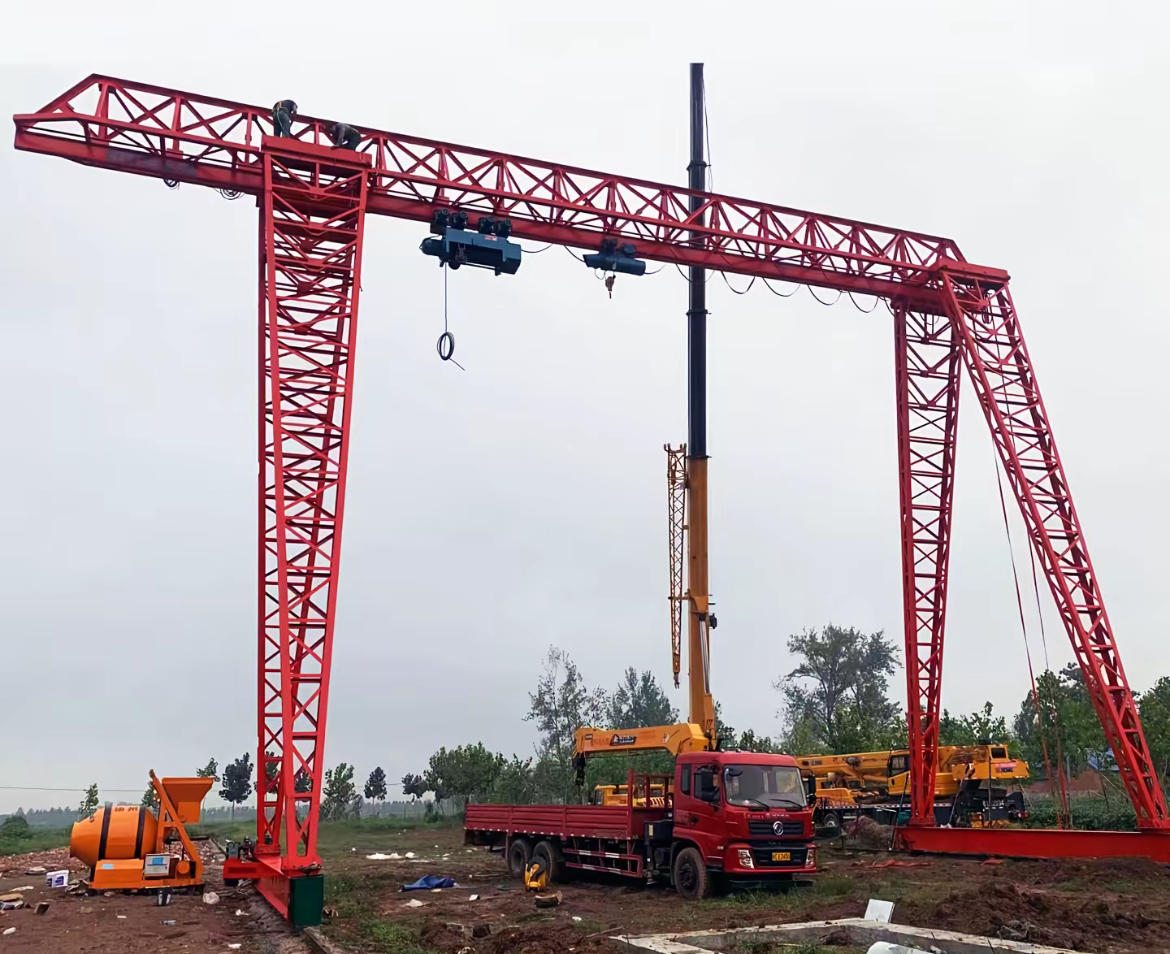
Conclusion
The truss gantry crane, through its lightweight, wind-resistant, and spatially efficient lattice design, directly addresses the limitations of standard gantry cranes (indoor space consumption, outdoor instability). It is uniquely suited for the cross-scenario material handling demands of heavy steel components, enabling multifunctional use of a single asset and driving highly efficient, integrated production workflows.
